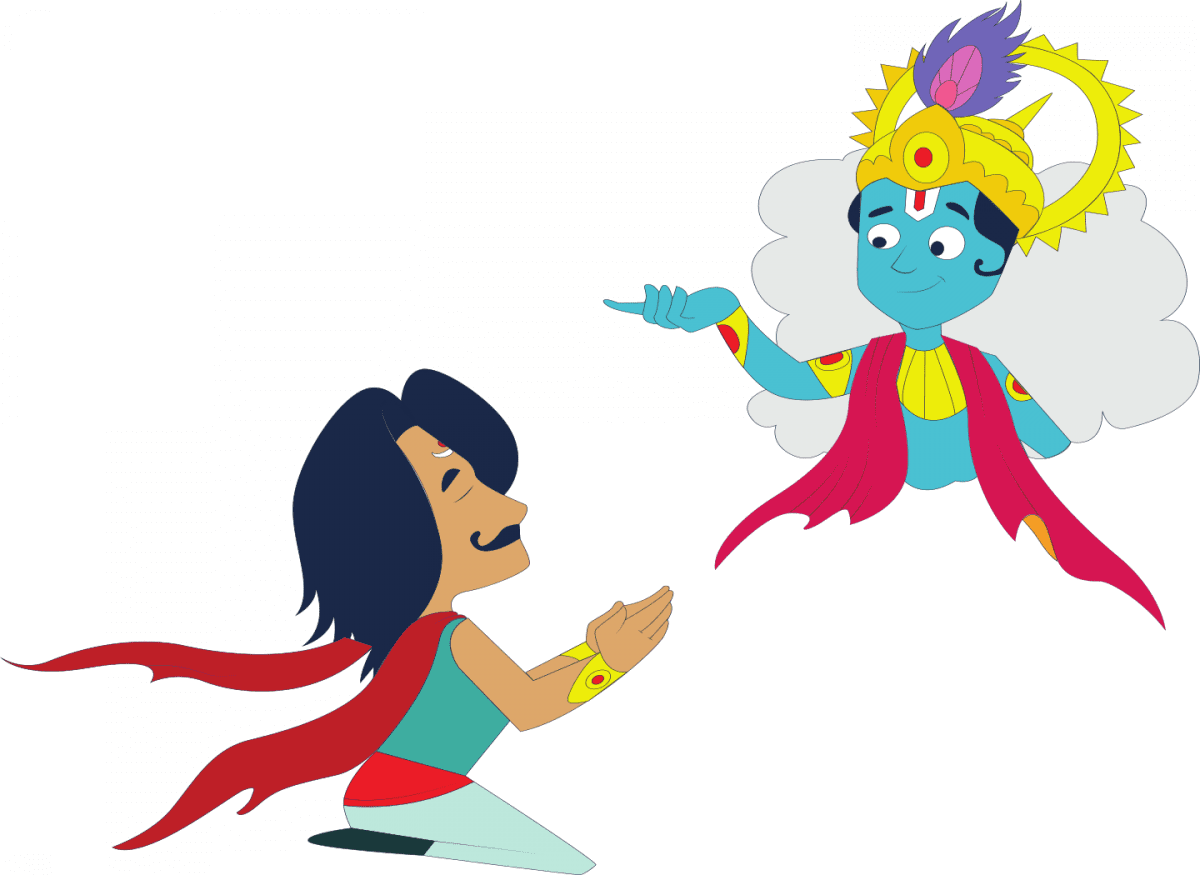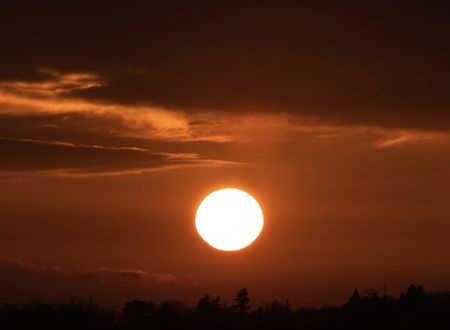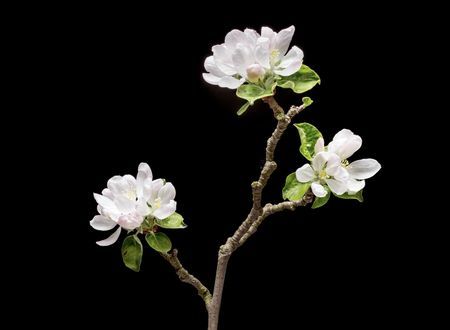You can read the previous part here: Chapter 7
* * * * *
In the previous chapters of the Gita, we discussed topics such as the routes to enlightenment, meditation, and wisdom in realizing that we are nothing more than an insignificant speck of dust.
Now, however, Arjuna wants to know more about what Krishna’s highest nature is. He wants to know about Brahman.
Krishna starts by explaining some terms to Arjuna: the adhyatma, adhibhuta, adhidaiva, and adhiyajna. I’ll list these definitions out for you for your convenience:
The adhyatma is the Formless God known as Brahman. It is the force that lives in every creature and gives it existence.
The adhibhuta is the perishable body. Think of it as the “clothes” we wear on Earth. Every region has a different kind of body type because different “clothes” are needed in different places. In cold places, heavier layers are needed, while in warm places, some cooling mechanism is required.
The adhidaiva is the physical form of God known as the Purusha. This is often considered to be either Vishnu or Shiva. Purusha is the omnipresent “God”.
The adhiyajna is the supreme sacrifice, the sacrifice made from within. It is ultimate surrender to the lord. Lord Krishna will elaborate on that in the future.
But Arjuna has one more question: what happens after death? Where do we go?
While that is further elaborated in future chapters, Lord Krishna first explains that death is another stage of life.
We are all part of a species known as homo sapiens. Homo sapiens all have a similar life cycle. This involves birth, young age, youth, early adulthood, middle-age, old age, and death. Now at what time in one’s life this comes is different for everyone.
Think about it. The life expectancy of a human in the United States is somewhere around the number 75, so we’ll keep that as our example.
In the case of one who dies at the age of 75 from natural causes, we’ll notice that birth happens at the age of zero, young age maybe until age thirteen, youth (or teenage) is until eighteen, early adulthood maybe until thirty-five, middle-age is until sixty, and old age is until 75. 75 is death.
Now let us scale this down to a weak baby who dies at 75 days. For it the life cycle is similar. At zero-days it is born, and at thirteen days it has reached the end of its childhood. Yes, that is nothing compared to the thirteen years the more fortunate ones of our species enjoy, but that is all of the time the baby gets. “Teenage” for the baby is until eighteen days. Now it is the closest to adulthood that it will get. This process continues until the baby’s death at seventy-five days.
So what was I trying to say? I was trying to explain to you that everything is relative. We feel that some go early, and some stick around for too long.
But what we get is enough. Isn’t it? We should be grateful for the life we have. If not, what is the point of living?
* * * * *
You can read the next part here: Chapter 9









Comments are closed as per the author's request.
4 COMMENTS
Please login to read members' comments and participate in the discussion.